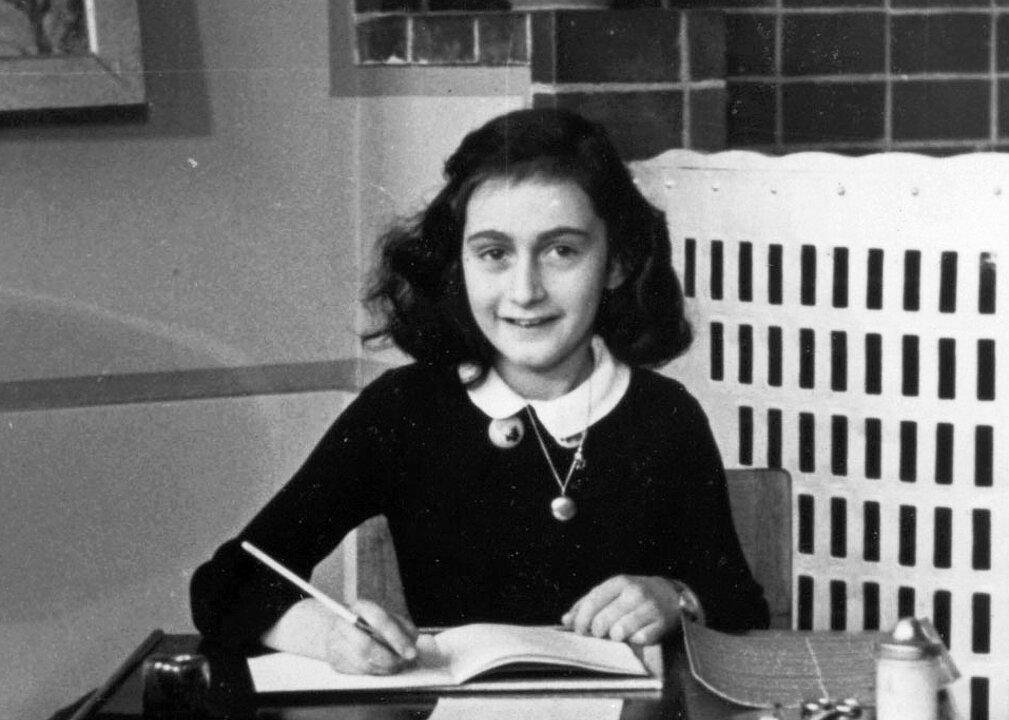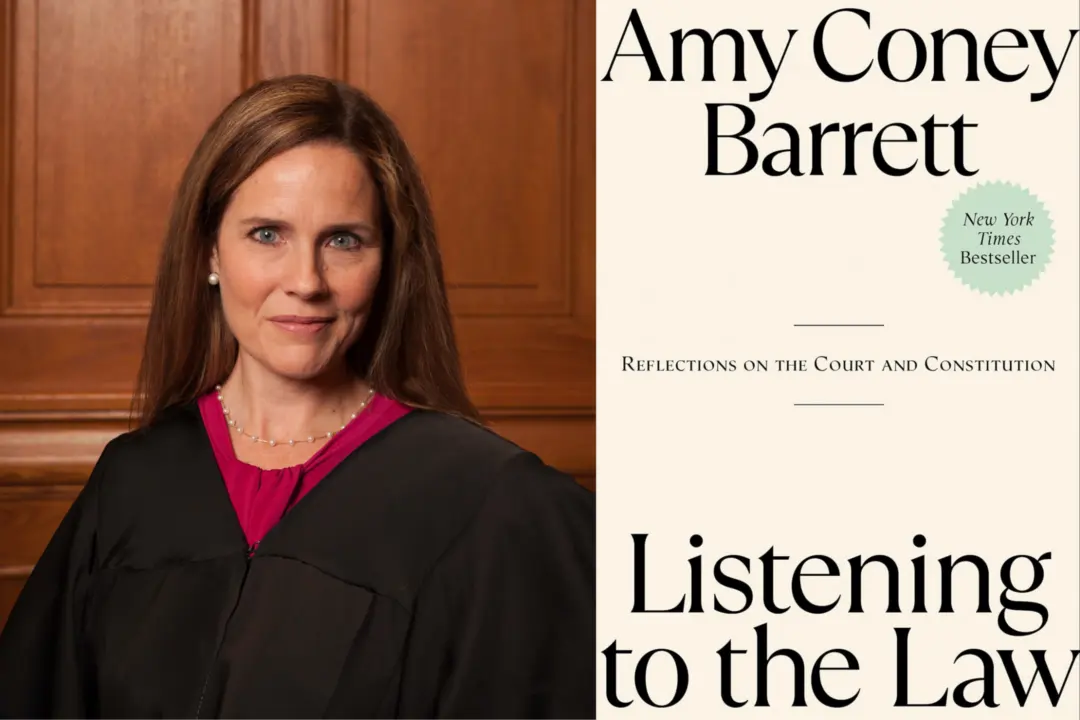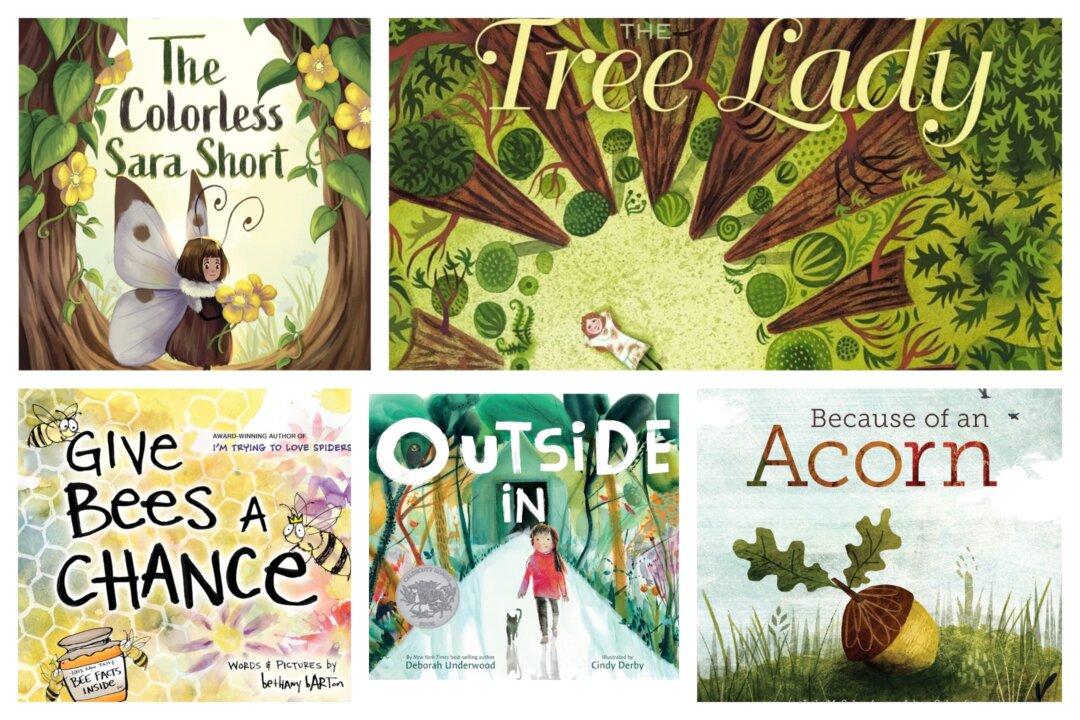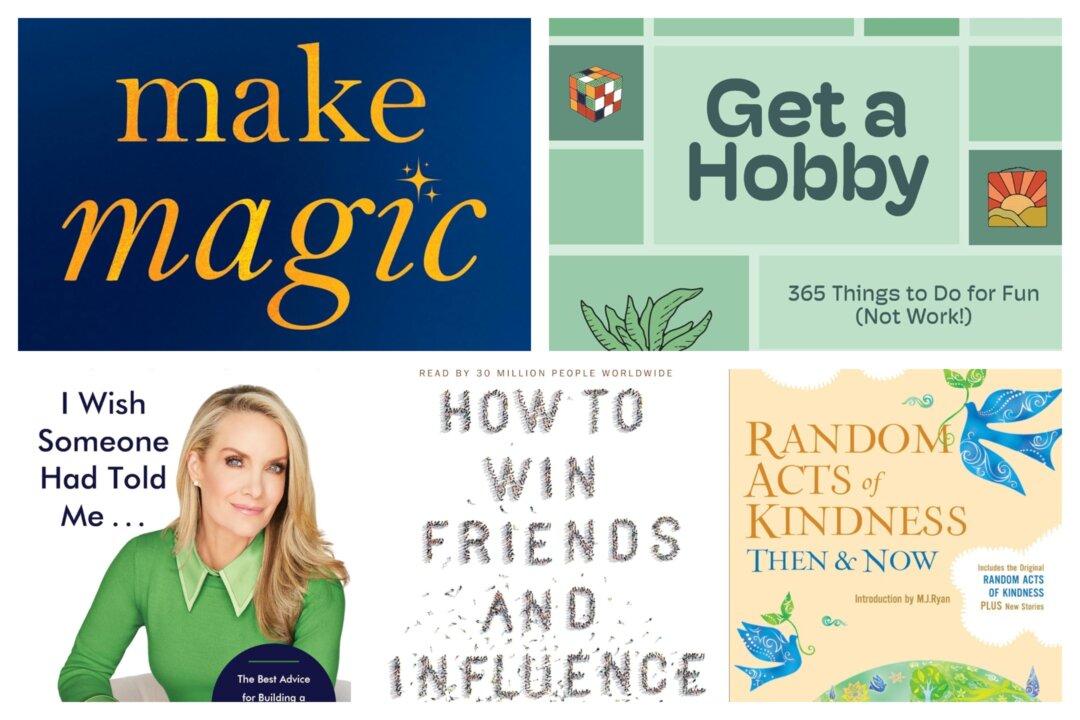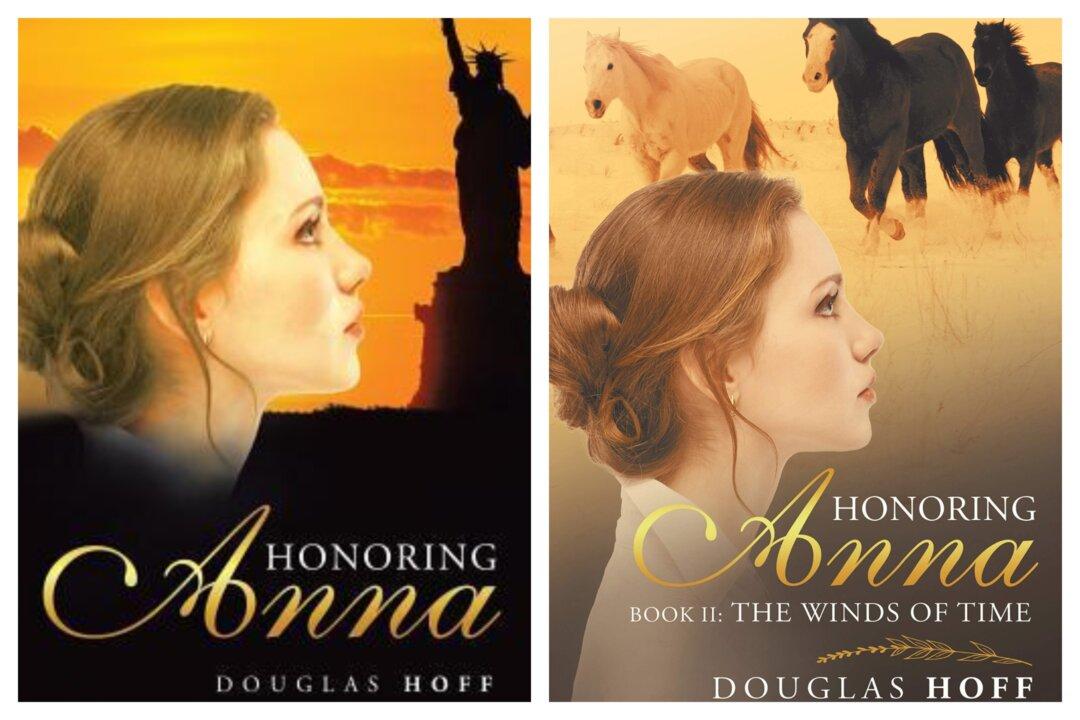In this time of cancel culture, how can we explain our values to those who might not want to listen? How do we overcome the constant spew of hatred, and refuse to react defensively? How do we live a good, successful life no matter what our personal circumstances are? We look to those who have.
During World War II, young Anne Frank tried to survive the Nazi occupation of Amsterdam with the help of her father’s employees who hid her and seven others in an annex. The group was supplied with food, medicine, and information about the outside world.

